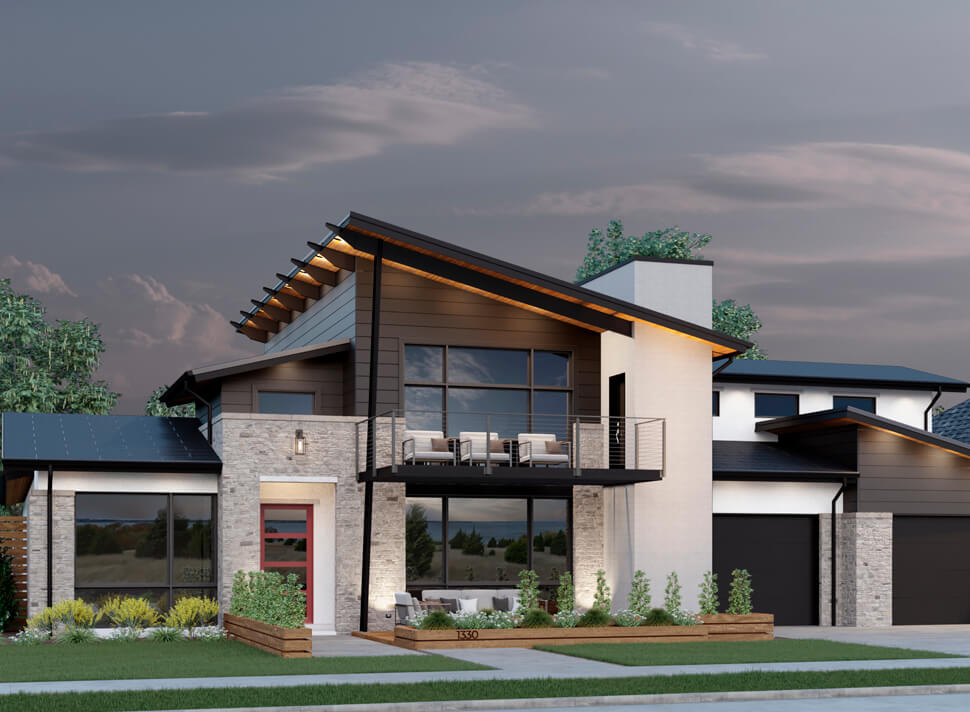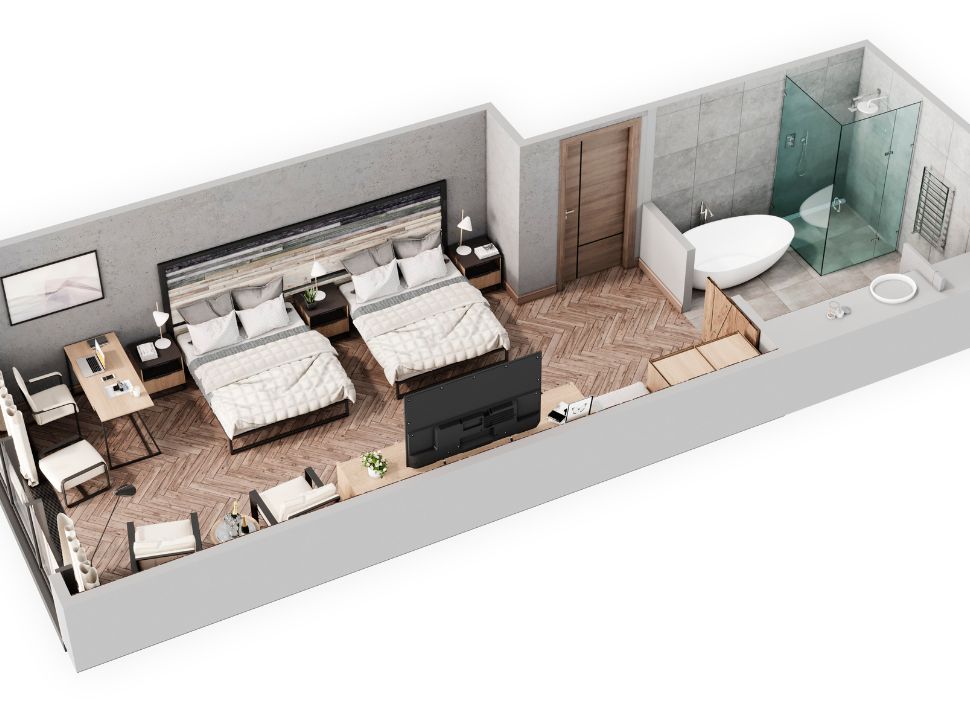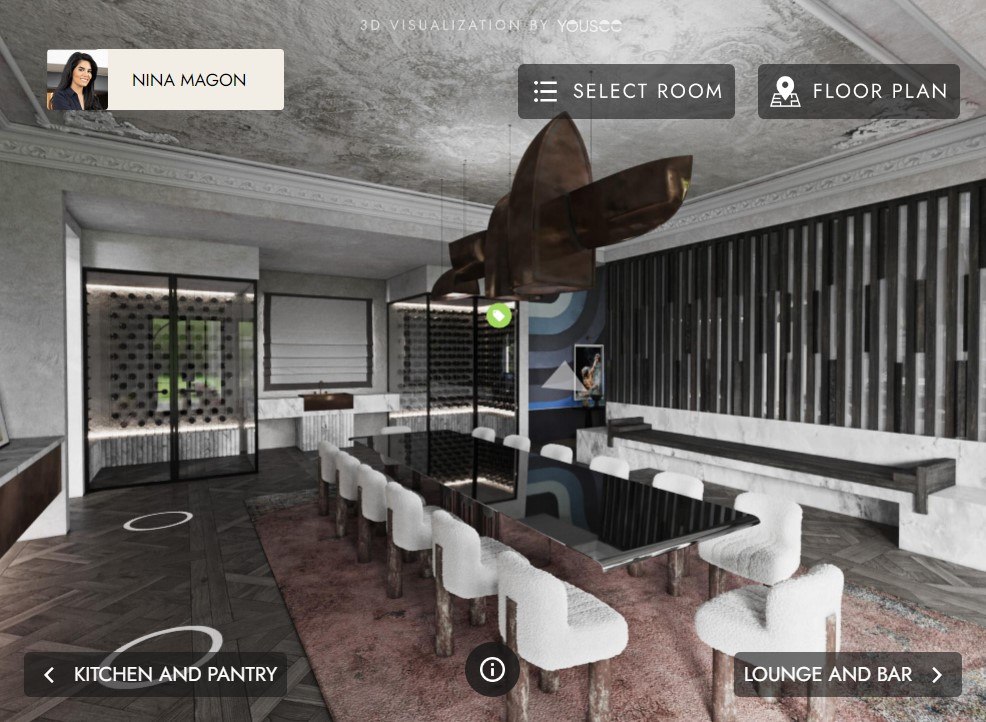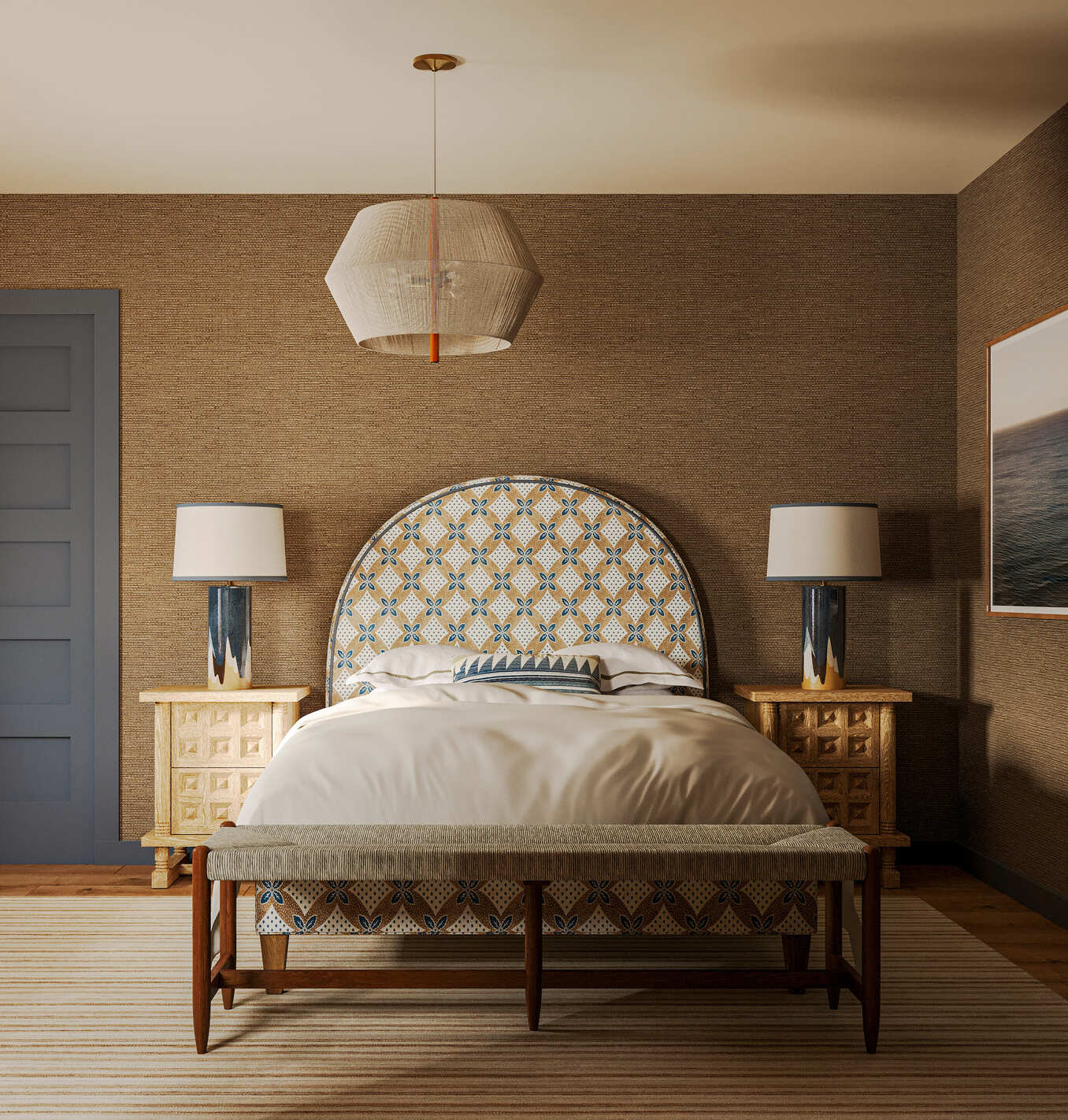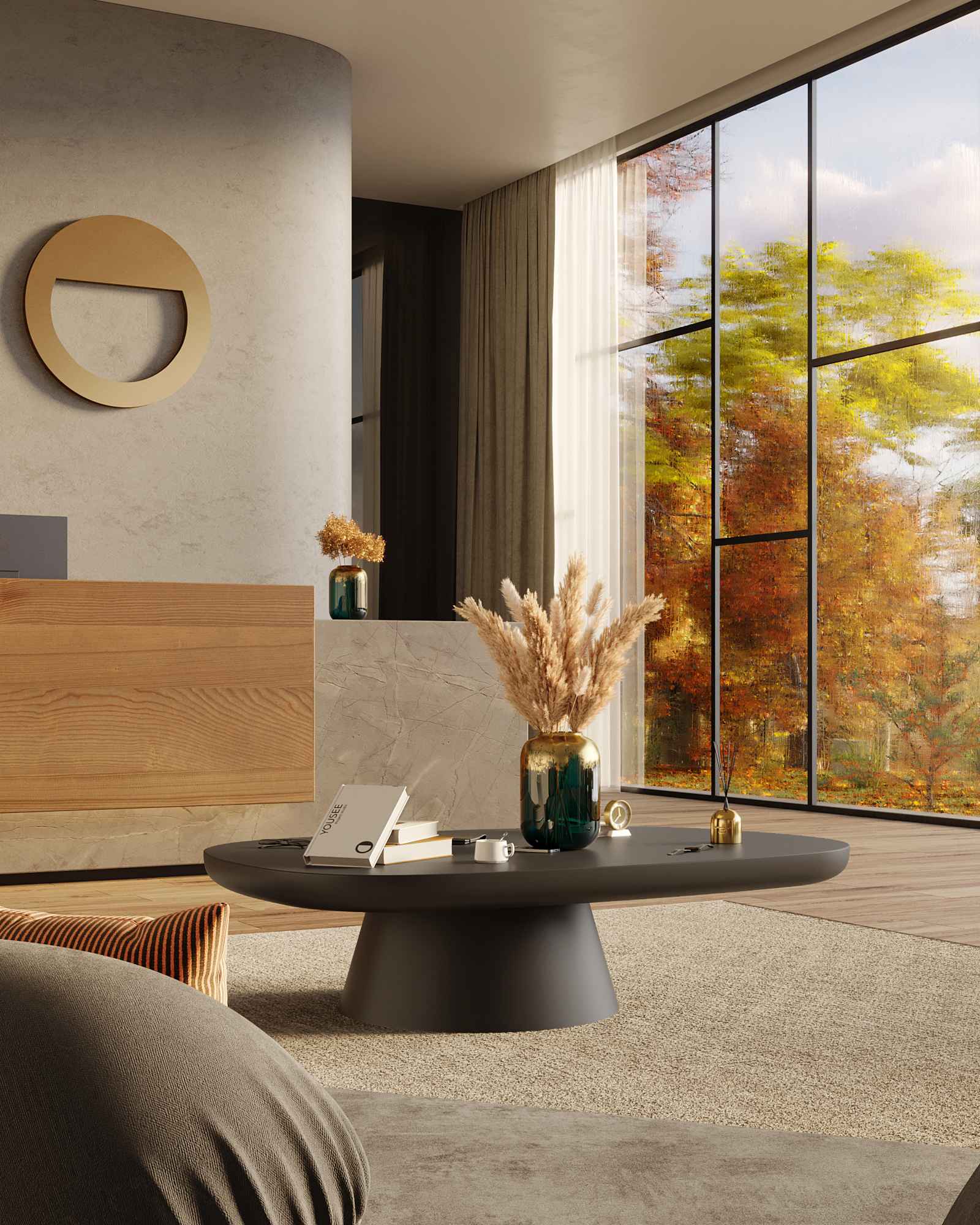Innovative Marketing Techniques for Real Estate Using Virtual Tours
In the ever-evolving landscape of real estate marketing, 3D virtual tours have emerged as a game-changing tool, revolutionizing how properties are showcased and sold. As technology advances at a breakneck pace, innovative marketers leverage virtual tours to create immersive, engaging experiences that captivate potential buyers and set properties apart in a crowded market. This comprehensive exploration delves into the cutting-edge techniques that are reshaping the industry and propelling real estate marketing into the future.
The Virtual Tour Revolution
Virtual tours in real estate are not entirely new, but recent technological advancements have catapulted this marketing technique into a league of its own. Gone are simple 360-degree panoramas or clunky, slow-loading virtual walkthroughs. Today's virtual tours are sophisticated, interactive experiences that blur the line between physical and digital realms.
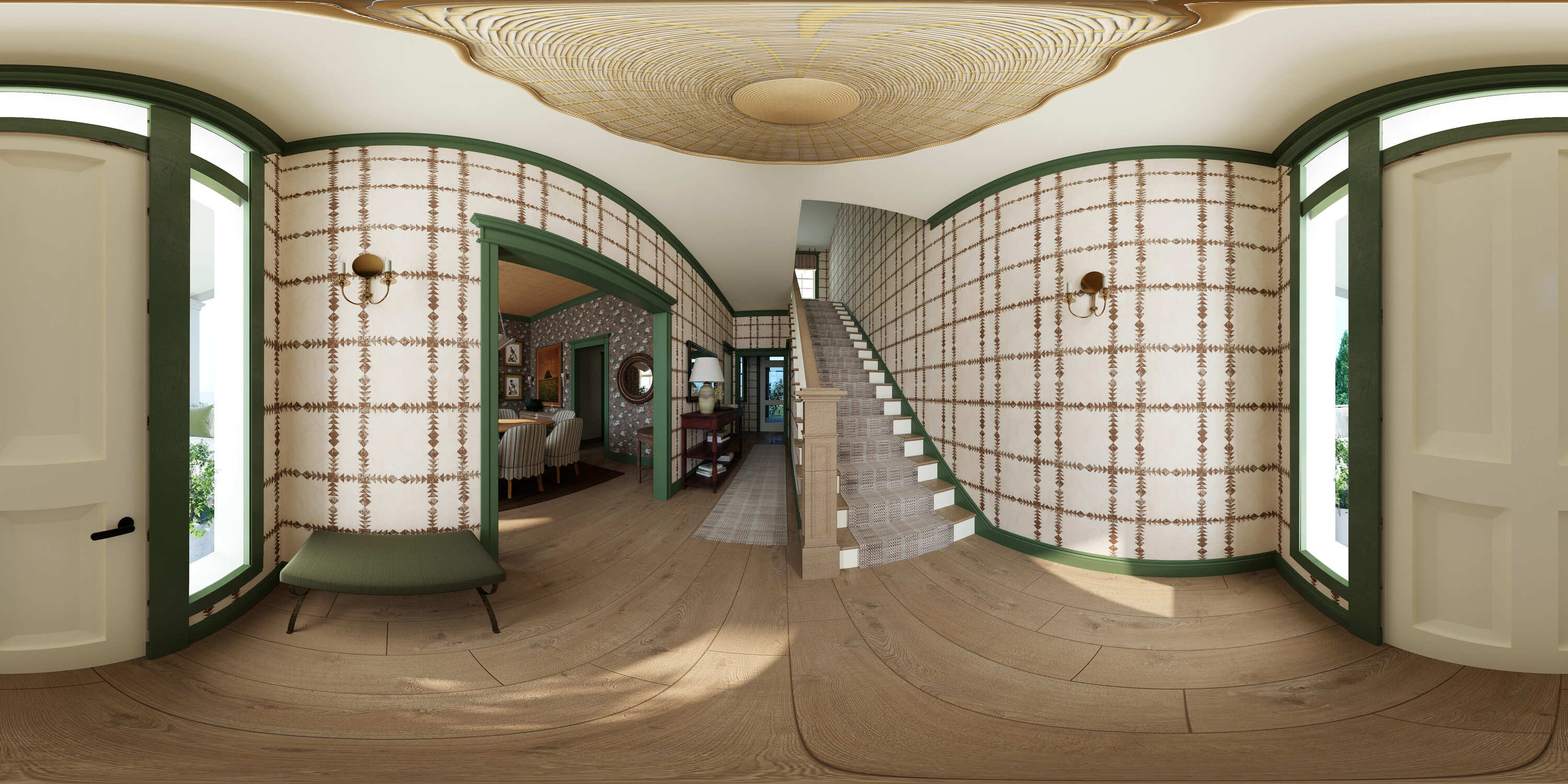
Image from Yousee Studio
According to a recent National Association of Realtors study, 87% of buyers found photos very useful in their home search, while 85% valued detailed information about properties. Virtual tours take these elements to the next level, offering a comprehensive, immersive experience that allows potential buyers to explore properties in unprecedented detail from the comfort of their homes.
The impact of virtual tours on the real estate market has been profound. Properties featuring virtual tours receive 87% more views than listings without them, and 54% of buyers say they're less likely to visit a property in person if a virtual tour is available. These statistics underscore the power of virtual tours in capturing attention and streamlining the buying process.
Augmented Reality: Bringing Properties to Life
One of the most exciting innovations in virtual tour technology is integrating augmented reality (AR). This cutting-edge technique allows potential buyers to visualize properties in previously impossible ways, creating a truly interactive and personalized experience.
Imagine a potential buyer pointing their smartphone at an empty room and instantly seeing it furnished and decorated according to their preferences. AR-enhanced virtual tours make this a reality, allowing users to experiment with different color schemes, furniture layouts, and even bstructural changes in real time.
A pioneering real estate firm in New York recently reported a 32% increase in engagement and a 28% reduction in time-to-sale for properties marketed with AR-enhanced virtual tours. This technology captivates potential buyers and helps them form a stronger emotional connection to the property, increasing the likelihood of a sale.
AI-Powered Personalization
Artificial intelligence is revolutionizing the way virtual tours are created and experienced. AI algorithms can analyze user behavior and preferences to create personalized virtual tour experiences that cater to individual tastes and requirements.
For example, an AI-powered virtual tour platform might recognize that a user is particularly interested in kitchen spaces and automatically highlight these areas in future tours. It could also suggest properties with similar kitchen features, creating a more targeted and efficient house-hunting experience.
One leading real estate agency implemented AI-powered personalization in their virtual tours and saw a 45% increase in lead generation and a 23% improvement in conversion rates. By delivering tailored experiences, AI helps potential buyers focus on the aspects of a property that matter most to them, streamlining the decision-making process.
Interactive Hotspots and Information Layers
Modern virtual tours are far more than visual experiences. Innovative marketers are incorporating interactive hotspots and information layers that allow users to explore a property's specific features in greater depth.
These hotspots can provide detailed information about materials, appliances, or unique architectural features. For instance, a user might click on a kitchen countertop to learn about its composition, durability, and maintenance requirements. Or they might tap on a window to get information about its energy efficiency rating and potential cost savings.
A luxury real estate developer in Miami reported that properties marketed with interactive hotspot tours saw a 40% increase in inquiries and a 15% higher closing rate than those with standard virtual tours. This level of detail and interactivity informs potential buyers, helps justify pricing, and highlights the property's value proposition.
Virtual Staging and Decluttering
One of the most powerful applications of virtual tour technology is digital staging and decluttering properties. This technique allows marketers to present properties in their best light, even if they're occupied or need renovation.
Virtual staging software can add furniture, decor, and even structural elements to empty spaces, helping potential buyers envision the property's full potential. Similarly, virtual decluttering can remove personal items or outdated furnishings from occupied homes, creating a clean, neutral canvas that appeals to a broader range of buyers.
A recent case study of a mid-sized real estate agency found that virtually staged properties sold 73% faster and for an average of 2.5% more than non-staged properties. This technology saves time and money compared to physical staging and allows quick and easy customization to suit different target markets.
360-degree Video Tours with Narration
While static virtual tours are effective, 360-degree video tours with professional narration take the experience to a new level. These dynamic tours guide potential buyers through the property, highlighting key features and creating a narrative that resonates with viewers.
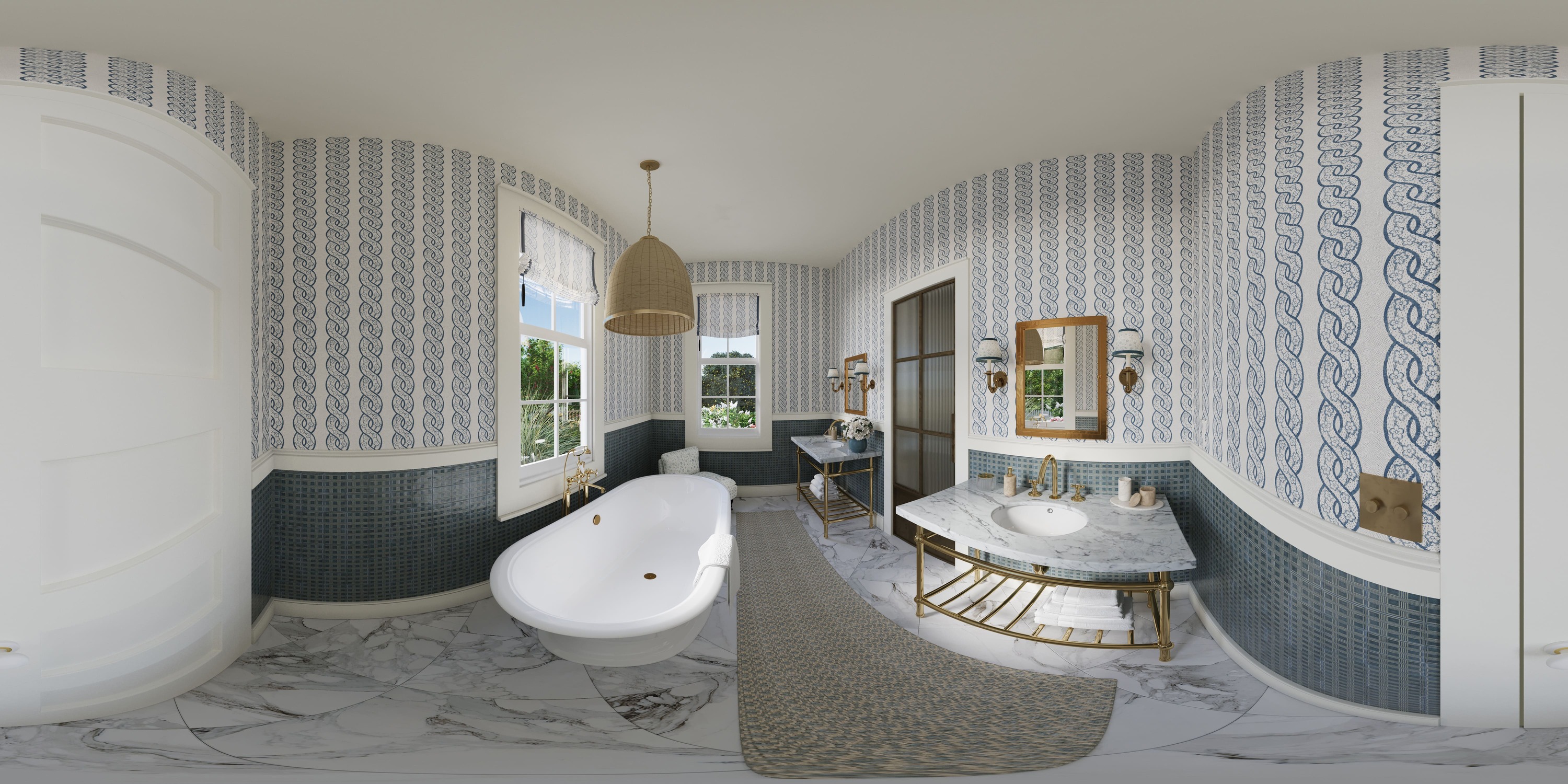
Image from Yousee Studio
The addition of narration helps to create an emotional connection with the property, as a skilled narrator can paint a vivid picture of what life might be like in the home. This technique is particularly effective for luxury properties or those with unique historical or architectural significance.
A high-end real estate brokerage in Los Angeles implemented narrated 360-degree video tours for their multi-million dollar listings. They saw a 60% increase in qualified leads and a 25% reduction in time-to-sale. The immersive nature of these tours, combined with professional storytelling, creates a memorable experience that stands out in a crowded market.
Virtual Open Houses and Live Q&A Sessions
Virtual tour technology has transformed the concept of open houses. Innovative marketers now host virtual open houses with live Q&A sessions, allowing potential buyers worldwide to participate in real-time.
These events can be conducted using virtual reality (VR) technology, where participants don VR headsets to explore the property together or through more accessible platforms like Zoom or Facebook Live. The key is to create an interactive, engaging experience that mimics the social aspect of traditional open houses.
A forward-thinking real estate agency in Seattle experimented with virtual open houses and reported a 300% increase in attendees compared to physical open houses. 28% of virtual attendees made offers on properties. This approach widens the pool of potential buyers and creates a sense of urgency and competition that can drive sales.
Drone Tours for Property Context
While interior virtual tours are crucial, innovative marketers leverage drone technology to provide a broader property context. Aerial drone tours can showcase the surrounding neighborhood, nearby amenities, and the property's relation to local landmarks.
This technique is particularly effective for rural or large estate properties, where the land and surroundings are significant selling points. Drone tours can highlight features like acreage, outbuildings, or scenic views that might be difficult to appreciate from ground level.
A rural real estate specialist reported that listings with drone tour elements received 73% more inquiries and sold 20% faster than those without. By providing this additional layer of context, drone tours help potential buyers develop a more comprehensive understanding of the property and its value.
Virtual Reality (VR) for Off-Plan Properties
Virtual reality offers an unparalleled marketing tool for new developments or off-plan properties. VR technology allows potential buyers to experience properties that don't exist in the physical world, creating a powerful sales tool for developers and real estate marketers.
Using VR, buyers can walk through fully rendered 3D models of future homes, customizing finishes, and layouts in real-time. This immersive experience helps buyers connect emotionally with properties still in the planning stages, facilitating pre-sales and reducing the risk for developers.
A significant property developer in Singapore implemented VR tours for an upcoming luxury condominium project and saw a 45% increase in pre-sales compared to previous projects marketed with traditional methods. The ability to "experience" the property before it's built drives sales and reduces the likelihood of buyer's remorse and post-completion disputes.
Gamification and Interactive Challenges
Some innovative marketers are incorporating gamification elements into their property showcases to stand out in a sea of virtual tours. This could involve interactive challenges, hidden Easter eggs, or rewards for exploring certain property features.
For example, a virtual tour might include a scavenger hunt where users find specific design elements throughout the home. Completing the challenge could unlock additional content, such as behind-the-scenes information about the property's design or exclusive offers.
A boutique real estate agency experimented with gamified virtual tours and reported a 78% increase in time spent on their listings and a 40% boost in social media shares. By turning the house-hunting process into an engaging, interactive experience, gamification helps properties stick in potential buyers' minds and encourages repeat visits to listings.
In conclusion, innovative virtual tour techniques are transforming the landscape of real estate marketing. These cutting-edge approaches redefine how properties are showcased and sold, from augmented reality and AI-powered personalization to interactive hotspots and gamification. As technology evolves, we can expect even more exciting developments in this space, further blurring the lines between physical and digital property experiences.
For real estate professionals looking to stay ahead of the curve, embracing these innovative marketing techniques is no longer optional – it's essential. By leveraging the power of virtual tours and associated technologies, marketers can create compelling, immersive experiences that captivate potential buyers, streamline the sales process, and ultimately drive better results in an increasingly competitive market.
The future of real estate marketing is here, and it's virtual. Those who adapt and innovate will find themselves at the forefront of a revolution reshaping the industry, one virtual tour at a time.
Contact us at YouSee Studio for captivating 3D renderings and immersive virtual experiences.
Ray Lisbon is a content writer and the author of this article.

